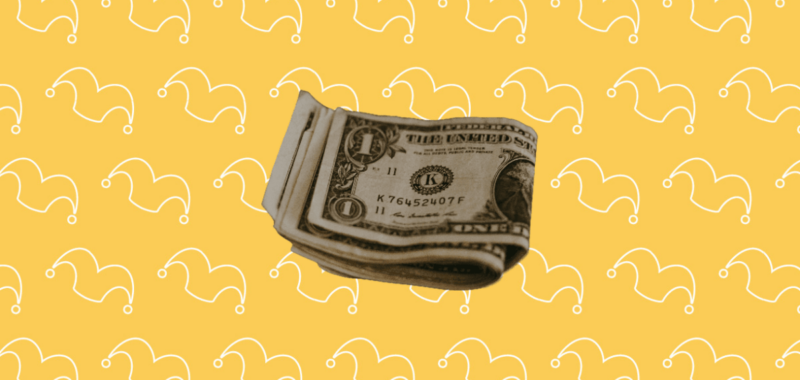When the Federal Reserve lowered its benchmark interest rate by half a percentage point on Sept. 18, I wasn’t particularly surprised. Since I keep tabs on inflation data (it’s my job, after all), I knew that the central bank was ready to make its first interest cut of the year. And I wasn’t shocked that the Fed went big, lowering that rate by half a percentage point when it could’ve opted for a quarter point cut instead.
Meanwhile, it’s been five days since the Fed’s decision, and earlier today, I logged into my savings account expecting to find that my APY had dropped. Unlike CDs, where the rate you get is set in stone for a preset period, savings account rates can fluctuate based on market conditions.
But lo and behold — as of this writing, my savings account’s APY has not changed one bit. I was getting a 4.25% APY before the Fed’s rate cut, and that’s what I’m still getting. And while I expect that APY to drop over time, the fact that it’s held steady is a good thing.
There’s no need to panic
A lot of people are worried that the Fed’s rate cuts (because yes, there’s likely to be more than one) will negatively affect the interest rates on their savings. In time, that may happen. But you should know that savings account and CD rates don’t necessarily drop the second the Fed cuts rates.
Our Picks for the Best High-Yield Savings Accounts of 2024
|
Capital One 360 Performance Savings 
APY 4.25%
|
APY 4.25%
|
Min. to earn $0 |
|
Discover® Online Savings 
|
Min. to earn $0 |
|
|
American Express® High Yield Savings 
APY 4.25%
|
APY 4.25%
|
Min. to earn $0 |
Why is this important? If you’re worried the APY on your savings account will drop at any minute, you might feel rushed into making a money-related decision. And that could lead to the wrong decision.
A friend of mine, in fact, heard about last week’s rate cut and immediately called to ask if she should transfer money out of her savings account and into a CD. In the end, we came to the conclusion together that she was better off leaving her money alone because she wasn’t sure if it was a good idea to commit to a CD given some upcoming expenses on her horizon.
Similarly, you shouldn’t rush to move money out of your savings account, either. In time, the APY on your savings account might fall. But we’re a long way off from a truly notable drop.
Put another way, if you were getting a 4.25% APY on your savings before the Fed’s rate cut and your APY hasn’t changed, eventually, it may drop quite a bit as the Fed continues to reverse the rate hikes it implemented in 2022 and 2023. But you’re not going to go from a 4.25% APY to a 2.25% APY overnight, or even by the end of the year. You’re better off taking your time to decide where you money should go.
Make sure your savings account isn’t overfunded
While you certainly don’t want to make rash decisions for your savings right now, you should also make sure you don’t have too much cash parked in a savings account. Because interest rates are expected to continue falling, it may be a good idea to move money into a brokerage account or CD, depending on your personal situation.
What you really want to do is make sure you have enough money in savings for emergency fund purposes. That means having enough cash to cover three to six months of essential bills. But if you have money beyond what you need for emergencies, you have options.
Investing is a good bet if you don’t expect to need or use your extra money for about 10 years or more. The returns you get in a brokerage account could far exceed what CDs pay you over time.
But if you’re looking at a shorter time line — say, 12 to 24 months — then a CD is a better bet. One to two years is not enough time to ride out a stock market decline, so it’s not safe to invest over that short a time period.
All told, the Fed’s initial rate cut isn’t all doom and gloom for savers. And while you need to brace for future rate cuts, you can plan for them by assessing your savings now and making sound decisions when you’re not under pressure.

